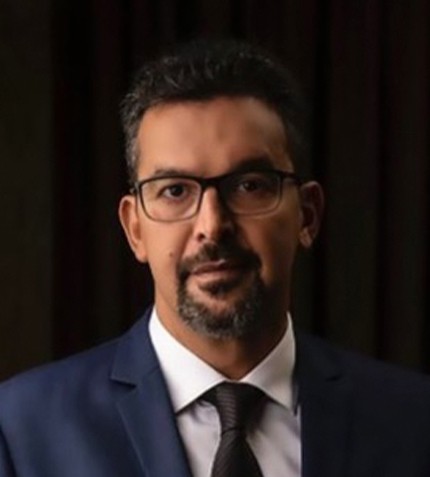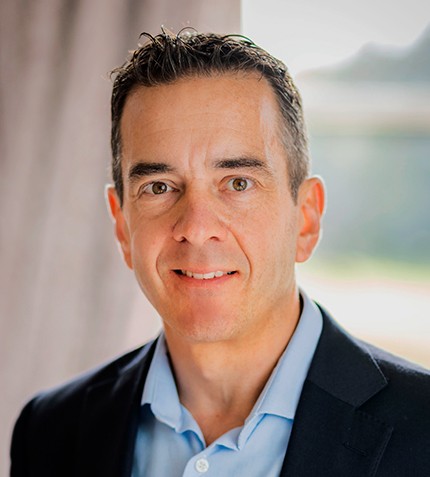
"Currently, people want to see free cash flow and high margins. In the junior space, projects that are advanced enough so that people can see a path to production and are backed by a good management team and good investors will attract interest. Capital is migrating to more secure jurisdictions and investors are willing to pay a premium for stability, a factor that is more important than it was a few years ago."
Ryan Matthiesen
MANAGING DIRECTOR – INVESTMENT BANKING, HAYWOOD SECURITIES
What financial services does Haywood Securities offer and how important is the mining sector for the business?
Haywood Securities was established in 1981 and is predominantly resources and mining focused. We are a full service investment bank and one of the largest independently (employee) owned private investment dealers in Canada. We offer a breadth of product offerings such as typical investment banking, equity research, institutional sales and trading, corporate finance, private placements, ECM, and M&A. We also have a large wealth management group with approximately C$8 billion in assets under administration. Most of our services in each facet are geared towards small to medium capital players. Technical due diligence is the most paramount part of our business, coupled with people. We have several PhD geologists, Master’s mining engineers and a very strong technical team on the research side who are dedicated to find the best assets and investors.
Mining is and will always be the number one sector within Haywood Securities. We want to ensure that we are properly positioned with the right people and skill sets for the inevitable mining bull market. Our focus is on the best management teams and high quality assets that can have scale and be attractive to a larger company down the road.
What makes a mining company attractive to investors today?
Currently, people want to see free cash flow and high margins. In the junior space, projects that are advanced enough so that people can see a path to production and are backed by a good management team and good investors, will attract interest. Capital is migrating to more secure jurisdictions and investors are willing to pay a premium for stability, a factor that is more important than it was a few years ago.
Can you give some examples of recent deals Haywood Securities has been involved in?
Haywood Securities recently acted as lead underwriter and sole bookrunner for a C$18.5 million bought deal for RNC Minerals. We have worked closely with RNC Minerals for the last four years and acted as lead on each of their equity financings and closely with the company on M&A activity, including the acquisition of the Beta Hunt mine in Australia, which has produced some of the largest gold specimens in Australian history.
Haywood Securities was also the sole bookrunner on Steppe Gold’s C$25 million long form prospectus IPO in 2018 – the only main board TSX mining IPO in 2018. This really speaks to the challenges in the mining space. With regard to M&A, we helped Minera Alamos acquire Corex Gold in Mexico, as well as La Fortuna from Argonaut Gold.
In 2019, despite a strong gold price, equity raises have not returned to the market. Have there been structural changes in the way companies raise money or is it a matter of time before equity returns to the market?
When gold was in the US$1,200 to US$1,300 range over the last five years, the mining fund managers were trying to outperform their index. Now, gold prices have broken through the technical resistance and increased to the US$1,400 to US$1,500 range. A significant amount of generalist investors looked at their portfolios and saw that they were underweight in gold. There was a flow of funds into the gold space, but it is generalists coming in and they go first to the largest and most liquid names that are already in production. At the same time, we have seen a lot of consolidation on the fund management side of the business and a significant number of the larger mining funds and their parent entities have been merging. The funds are seeing generalist money coming into the large and mid-caps and, from their perspective, it is riskier to pick a micro-cap that could double when some of these intermediates have been doubling. This has created a large valuation gap as bigger companies have been trading at much better multiples.
Haywood Securities believes that this is not sustainable in the medium term. There is now the opportunity for longer term investors to look at the undervalued juniors and take advantage of the current market. If you have the ability and patience to analyse and evaluate assets and teams, which is our company’s sweet spot, you will find great opportunities.










